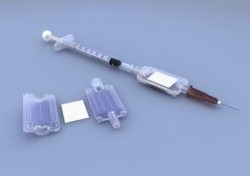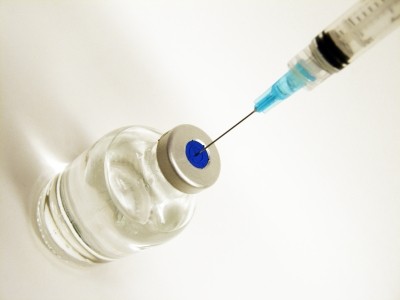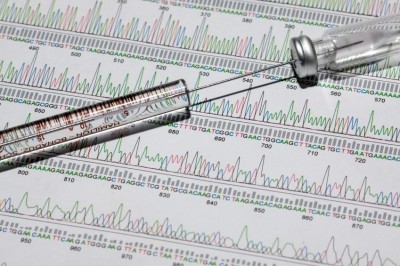Nova Bio-Pharma wins US patent for vaccine stabilisation device aiming to eliminate cold chain distribution

The HydRIS device, which was developed alongside Oxford University, helps to dry and stabilize vaccines on to a fibrous membrane, giving long term stability over temperature range from below 0ºC to greater than 50º.
“We have data on stabilising adjuvanted vaccines (e.g. Hepatitis B vaccine) to be stable for 2 years at temperatures > 40°C. For more temperature sensitive products like viral and bacterial vector vaccines have shown excellent room temperature stability for over 15 months at 37°C,” Sam de Costa, Nova’s stabilisation project manager, told BioPharma-Reporter.com.
Nova says the device could cut the waste of vaccines destroyed as a result of improper storage, and the costs and logistics needed with cold-chain storage.
How it Works
According to a study published in Science Translational Medicine on the device, “The sugars sucrose and trehalose are commonly used as stabilizing agents and cryoprotectants for biological products. Here, we have exploited the ability of these sugars to vitrify on desiccation to develop a thermostabilization technique for live viral vaccine vectors. By slowly drying vaccines suspended in solutions of these disaccharide stabilizers onto a filter-like support membrane at ambient temperature, an ultrathin glass is deposited on the fibers of the inert matrix.”
The proof-of-concept study also demonstrated it was possible to store two different virus-based vaccines on sugar-stabilised membranes for 4–6 months at 45°C without any degradation. The vaccines could be kept for a year and more at 37°C with only tiny losses in the amount of viral vaccine re-obtained from the membrane.
The authors from the University of Oxford added that “the membrane carrying the stabilized vaccine can be incorporated into a holder attached to a syringe for almost simultaneous reconstitution and injection at point of use.”
The thin sugary film that forms on the membrane preserves the active part of the vaccine in a kind of suspended animation, according to Nova.
De Costa told us that a “number of biotechnology and pharmaceutical companies; including major multinationals have evaluated for a range of products including highly temperature sensitive therapeutic proteins, antibodies, live viral and bacterial vector vaccines in the areas of human and animal health…On the back of the success of these feasibility studies and the strong worldwide IP protection on the HydRIS platform has further encouraged companies to explore the compatibility of this technology with their products.”
HydRIS has been tested in collaboration with a number of pharmaceutical manufacturers and leading academic institutes where the products were kept stable for prolonged periods at elevated temperatures without product degradation, Nova claims.
Nova also said that HydRIS could also be modified for a range of other applications, such as oral or topical delivery of stabilised vaccines and therapeutics.
De Costa added: “We are currently evaluating vaccines that are currently been developed for unmet needs, which require product stability at tropical temperatures. Apart from the possibility of storing at room temperatures, the features of the device allow efficient distribution and administration in global pandemic or medical emergency situations.”
But Adrian Hill, professor at Oxford, and one of the authors on a study from 2010 about the device, was less enthusiastic about the future prospects of it, telling BioPharma-Reporter.com, “We are not impressed by the device. The world has moved on.”
He explained: “You don't need the device. The thermostability is provided by the sugars and membrane which others are developing. It will be really hard to deploy a new device in most real world settings.”






